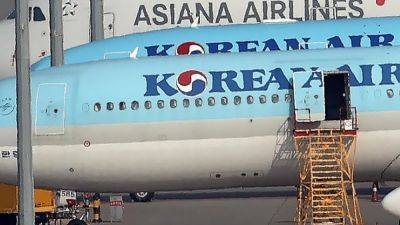Boeing's Starliner capsule launches on first crewed space flight
WASHINGTON (Reuters) -- Boeing's new Starliner astronaut capsule was launched from Florida on Wednesday in a much-delayed first test flight carrying a crew, a milestone in the aerospace giant's ambitions to step up its competition with Elon Musk's SpaceX.
The CST-100 Starliner, with two astronauts aboard, lifted off from the Cape Canaveral Space Force Station in Florida, strapped to an Atlas V rocket furnished and flown by the Boeing-Lockheed Martin joint venture United Launch Alliance (ULA).
The gumdrop-shaped capsule and its crew were headed for a rendezvous with the International Space Station (ISS), two years after the Starliner completed its first test voyage to the orbital laboratory without astronauts aboard. Docking maneuvers with crew will pose another test for Starliner, followed roughly a week later by the test of returning to Earth.
Boeing intends for Starliner to compete with SpaceX's Crew Dragon capsule, which since 2020 has been NASA's only vehicle for sending ISS crew members to orbit from U.S. soil.
Last-minute issues had nixed the Starliner's first two crewed launch attempts. A May 6 countdown was halted two hours before liftoff over three issues that required weeks of extra scrutiny. Another try last Saturday was halted less than four minutes before liftoff because of a glitch with a launchpad computer.
On Wednesday, the Atlas V's engines thundered to life in flaming clouds of exhaust and coolant-water vapor as the spacecraft roared off its launch pad into the sky from Florida's Atlantic Coast.
The Atlas V upper stage separated from the rocket's lower section about four minutes into flight, followed by Starliner's separation from the second stage. Now on its own in space, Starliner will ascend deeper into







